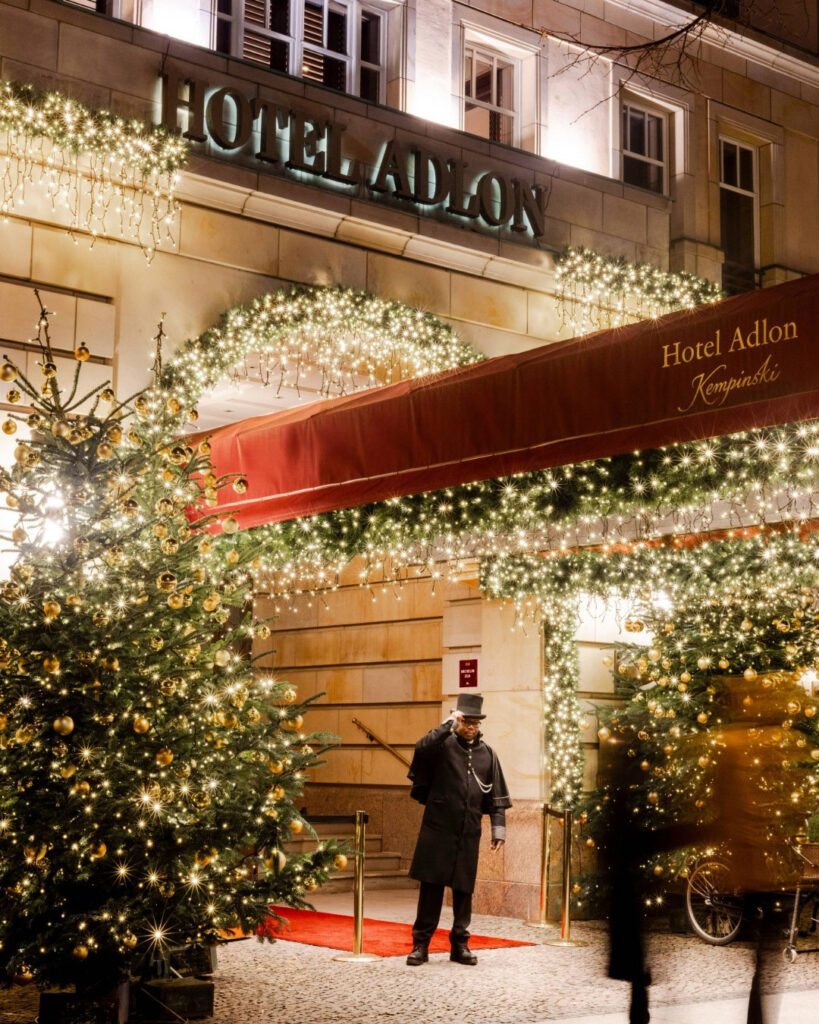
Q&A: 5 QUESTIONS WITH… Concha Y Toro‘s Valentina Lira
1. Tell us about your involvement with Concha Y Toro, and how you got started with the company.
As a Civil Industrial engineer, my involvement with sustainable development started almost 15 years ago. At the university, I did my first studies in natural resources management and environmental economics. Before working in Concha y Toro, I was involved in carbon projects for CDM and voluntary carbon markets and also I have some studies in sustainable management certification in Sweden.
My studies at the UC Berkeley showed me the trends in the US and also about sustainable and organic agriculture, with a wider perspective, so when I came to Concha y Toro I was very enthusiastic to be a contribution to this company which I admired since long ago. I’ve been working with Concha y Toro for the last 3 years and I’m very happy to see how the sustainability topics have become so important for the Winery.
2. What is your (or the winemaker’s) favorite fall meal with which Concha y Toro wine?
It’s a very difficult decision to make considering all the beautiful made in the winery but I would choose Marques de Casa Concha Cabernet Sauvignon because it is a wine of great structure and concentration, with elegant tannins and long finish that pairs perfectly with aged, dry and mature cheeses or with red meat dishes that I like a lot.
3. What differentiates Concha Y Toro wines from other winemakers?
Concha y Toro is one of the largest wineries in the world in terms of hectares planted. So, everything that you want to implement, like sustainable agriculture or improvements in the irrigation system, is a huge challenge. What makes us different, I think, is no matter how big is the challenge, we go for it. For instance, we were the first winery in the world to measure our water footprint. That was a huge task at the time, measuring water use in more than 9,000 hectares planted.
Since we have many states in different regions of the country give us also the chance to have a complete portfolio of varieties and climates expressed in our wines. We respect the environment and we are able to adapt our agriculture to the needs of the grapes and the land.
4. Tell us about your top 3 fall wine styles and what makes them unique. Food pairings would be great as well.
On the top of my list is Don Melchor, a very unique wine. It comes from one of the most famous valleys around the globe for Cabernet Sauvignon. Don Melchor grows in Puente Alto, located in the Maipo Valley. The most important characteristic of this state is its location. It is an urban state, located in the middle of one of the most populated areas in Santiago, so the environmental services that this land is giving to the community around it is invaluable. We made a study for this states, and we discover that not only it provides beautiful landscapes for the surrounding areas, but also capture urban CO2, acts like a buffer for city noise. It acts like a green lung for the community of Puente Alto.
Then is Marques de Casa Concha Cabernet Sauvignon. This Cabernet Sauvignon has a smooth, almost silky texture with a firm tannic structure and a deep concentration of flavours. This wine is great with barbequed or roasted red meats served with herbs like rosemary, thyme and laurel.
Viña Concha y Toro has measured its carbon footprint since 2007 and this learning has allowed us to improve year after year, getting to know the carbon content of our products in every market in which we have present. For Canada for example, we can say that a bottle of Marques de Casa Concha Cabernet Sauvignon reaches final destination containing 1,36 KgCO2e/Bot 750 cc. Quite low number in today’s global wine industry which is a great merit for the company.
The third wine I would pick is Casillero del Diablo, Carmenere. This grape variety Carmenere comes mainly from Peumo state, where the Cachapoal valley offers unique conditions for the growing of this grape. Peumo is located in the central area of the country and surrounded by natural forest. Its biodiversity in flora and fauna made us to register the forest into the National Commission for Forestry, so now is totally devoted for conservation. We truly believe that natural forest and vineyards creates a unique ecosystem, offering environmental services to each other to produce the best combination of man and nature, just like Casillero del Diablo. For pairing Casillero del Diablo Carmenere I will choose Spinach and Ricotta Ravioli with Mushroom Sauce, Black Pepper and Oregano or a Vegetarian Lasagna with Bolognese sauce….delicious!!!
5. Tell us about sustainability practices at Concha Y Toro.
Our Sustainability strategy is based in main 6 pillars: Supply Chain, Product, Clients, People, Society and Environment.
Every single project or initiative we start, must contribute to the strategy. That´s why we have been working very hard in measuring and diminishing our carbon and water footprint, working with the communities around our operational areas, setting more benefits to the workers of the company, giving sustainable information to our consumers, promoting sustainable and responsible marketing, and also working very hard to create partnerships with our suppliers so they can be involved in sustainability as well. This is an everyday work, where all the company is committed to give back in each bottle, what the Earth has giving us.
Read more about Wine and Spirits in City Style and Living Magazine













